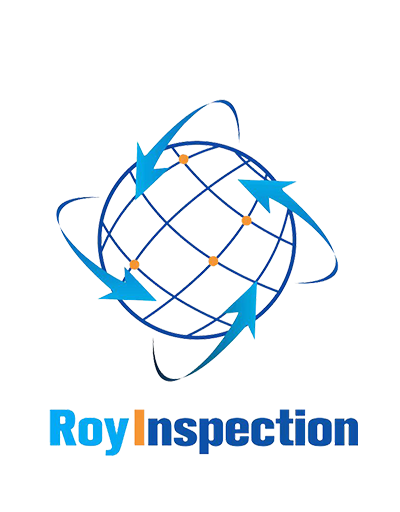Ensuring Safety and Durability: Home Textile InspectionHome textiles are what add a touch of glamour, visual appeal, and comfort to our personal spaces. From bed linens and curtains to towels and rugs, they help create a pleasant atmosphere and showcase our personal style. However, these textiles are not made equal, and some may not live up to customers' expectations. This is where home textile inspection comes in.What is Home Textile Inspection?Home textile inspection is the process of ensuring that textiles used in your home meet the required safety, quality, durability, and performance standards. It also aims to check if they are free from defects, damages, or contaminants that might compromise their look, feel, and functionality.The Importance of Home Textile InspectionA home is a place of comfort and relaxation, and your choice of textiles should never compromise your well-being or safety. Home textile inspection is vital as:It ensures that fabrics are safe for human contact and do not pose any health hazards, such as allergies, skin irritations or respiratory problems.It checks if the merchandise is durable and meets industry standards of quality, so it lasts longer and provides greater value to consumers.It ensures that textiles meet performance expectations, such as water absorbency, colorfastness, and wear and tear resistance.When to Perform Home Textile Inspection?Home textile inspection can be carried out at different stages, such as:Pre-production inspection: Before manufacturing starts, the supplier checks if the product will meet the company's standards and specifications.In-line inspection: During production, the inspector checks for quality defects and issues and takes corrective action where necessary.Finishing inspection: At the end of the production cycle, the inspector checks if the product meets the company's specifications before shipment.Pre-shipment inspection: Before the products leave the factory, the inspector checks if the garments meet the customer's requirements.Random inspection: This can be done at any time to ensure that products meet the required standards. What Do Home Textile Inspectors Look For?A home textile inspector will focus on:Fabric quality, weight, style, and textureSewing quality and finish, including strength and durabilityProduct specifications, such as size, design, and color variationsSafety testing, including the use of harmful substances, sharp edges, and product labelingPacking, including materials used, labeling, and size checksHome Textile Inspection ProceduresThe inspection procedure involves:Gathering information about the product, such as customer's specifications, quality requirements, and safety standards.Performing an initial visual check of the product to ensure it meets the quality and performance requirements.Performing tests on the product as required by the industry or customer, such as AATCC, ASTM, or ISO tests.Recording and documenting all defects, damages, and issues identified during the inspection process.Providing feedback and recommendations on how to fix the problems identified to remedy the defects, damages, or issues.The Benefits of Home Textile InspectionHome textile inspection benefits both manufacturers and consumers by:Ensuring that the product meets the required safety, quality, and performance standards, giving customers peace of mind.Reducing the costs associated with returns, replacements, and refunds for sub-standard products.Increasing customer satisfaction and loyalty.Enhancing the reputation of the manufacturer and impressing prospective customers.The Future of Home Textile InspectionHome textile inspection is likely to continue growing as customers become more aware of their rights and expectations, and manufacturers seek ways to reduce costs and improve efficiencies. The use of new technologies such as AI algorithms, machine learning, and blockchain is likely to enhance the speed, accuracy, and reliability of the inspection process.Quote InquiryContact Us Now!










